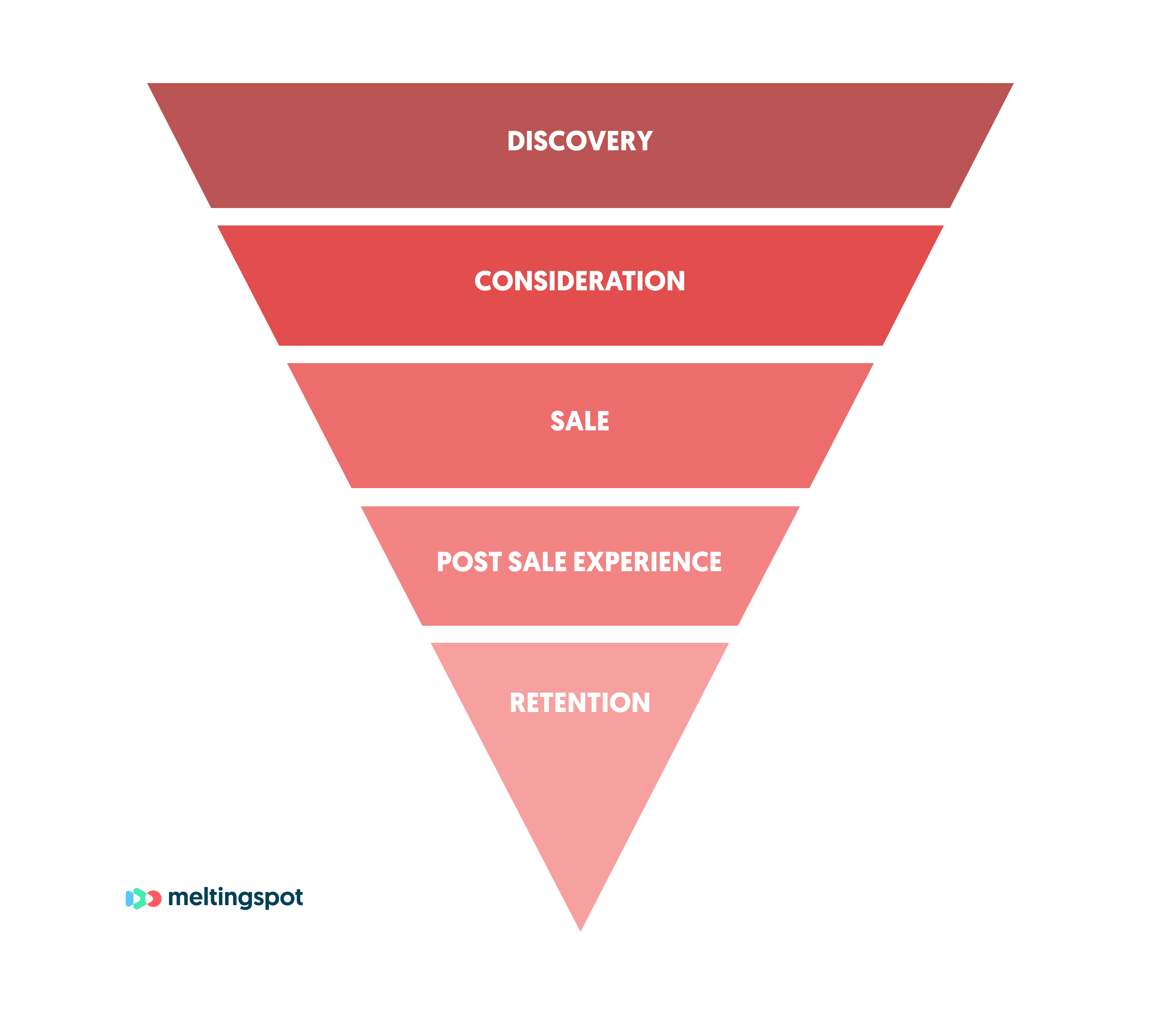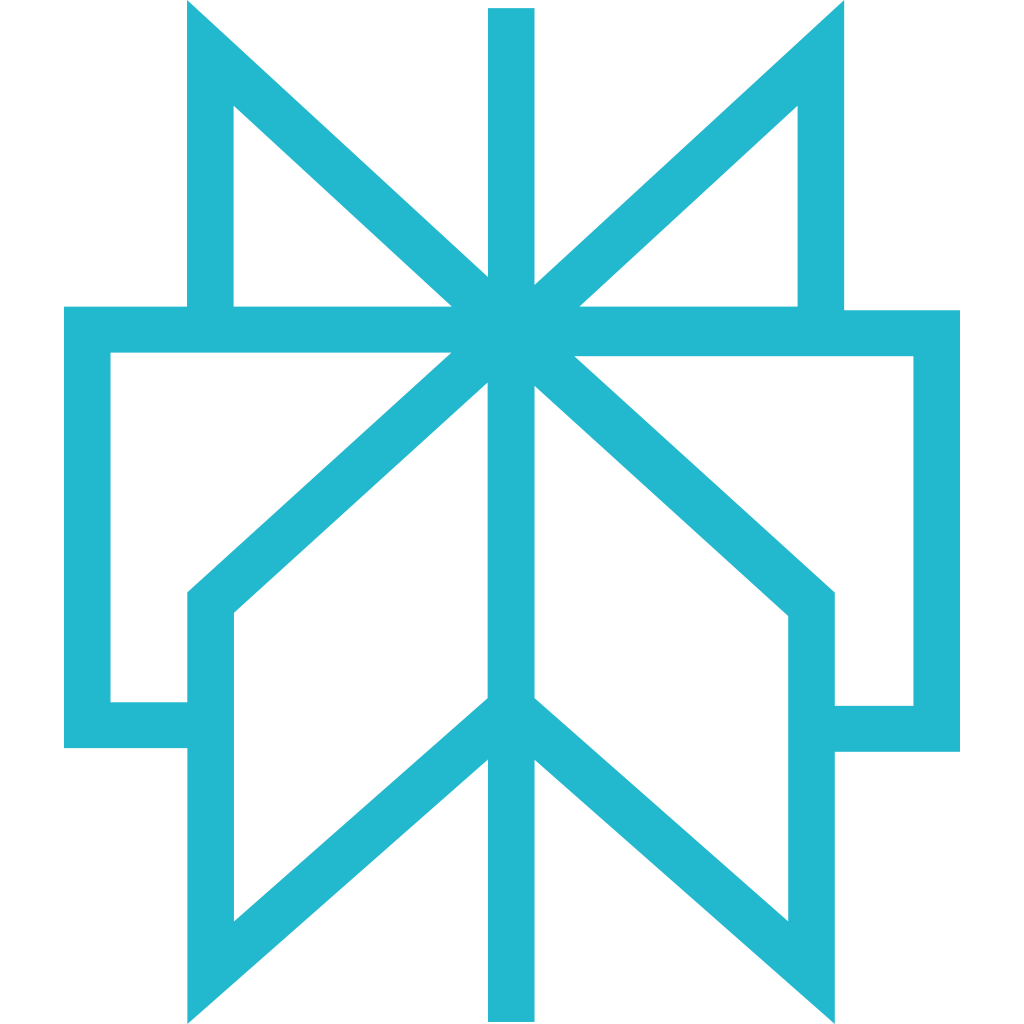Education, trust, and sales go hand in hand. In 2023, the realization is clear: establishing a lasting relationship with a customer is impossible without effective education and support throughout their journey.
Education, trust, and sales go hand in hand. In 2023, the facts are clear: establishing a long-lasting relationship with a customer is impossible without effective education and support throughout their journey. So, your mission (should you choose to accept it)? Understand the importance of customer education and integrate it throughout the entire customer journey. In the current economic context and with increasingly volatile customers, customer education is a key lever for attracting, selling, and retaining, especially in B2B and the SaaS markets.
In this article, you'll learn how to integrate customer education at every stage of the customer journey. Let's get started!
- Why prioritize customer education in your B2B strategy?
- How to integrate education at each stage of the customer journey?
- Step 1 #1: Discovery and Awareness
- Step #2: Consideration and Comparison
- Step #3: Decision-Making and Purchase
- Step #4: Adoption and Post-Purchase Experience
- Step #5: Retention and Advocacy
- Customer Education: The Best Tools
- Ready to take action?
Why prioritize customer education in your B2B strategy?
Before delving into practice, a bit of theory is necessary. Do you know what customer education is?
However, education is not a one-time action. Take the example of a SaaS accounting solution for SMEs: it's not enough to train and educate customers on tool usage during onboarding. Education is a form of continuous support that must be integrated throughout the customer's lifecycle. By prioritizing education as ongoing support, the benefits are numerous:
- Gain trust in the brand
- Increase company credibility
- Improve customer loyalty and retention
- Better understanding of customer needs (through exchanges and feedback)
- Accelerate product or service adoption, including new features
- Reduce activation time
- Reduce churn
- Ease the burden on customer support through proactive education
- Increase additional and complementary sales (upsells and cross-sells)
Customer education is particularly beneficial for B2B companies where sales cycles are longer, and products are often more complex to grasp. By integrating education at every stage of the customer's lifecycle, the company addresses customer needs and questions before they reach Customer Success Managers (CSMs) or customer service.
What are the benefits ? Better customer relationships, a more efficient sales journey, and a boost for growth. But to take advantage of all these improvements, it's essential to know how to educate customers. So, what actions should be implemented at each stage of the customer journey?
How to integrate education at each stage of the customer journey?
The customer journey is a set of stages through which a customer passes. This process is an evolving path: at each stage, actions are taken by the company to help the customer move to the next stage.
Customer education is part of these actions. Let's see how to integrate it at each stage of the customer journey, i.e., during the phases of:
- Discovery and Awareness
- Consideration and Comparison
- Decision and Purchase
- Adoption and Post-Purchase Experience
- Loyalty and Advocacy

Step 1 #1: Discovery and Awareness
This is the moment when your potential customers learn about your company. During the discovery phase, it is crucial to catch their attention and establish a memorable first impression. This is where education begins, by raising awareness.
To raise awareness among prospects about your products or services, you can provide them with educational content such as blog articles, webinars, or video presentations. Ideally, you want to make your leads aware of a need, a painful, urgent and obvious need.
By using MeltingSpot, you can address these issues and reach the right platforms, for example, by organizing a webinar. Our tool allows you to quickly organize and broadcast various types of live events. You can stream them to Facebook, Linkedin, Youtube, Twitch, Twitter, Telegream, Trovo, and Telegram.
Reach your prospects wherever they are and Prove them with educational content that will help them move to the next stage: consideration.
Step #2: Consideration and Comparison
At this stage, prospects are aware of their needs and actively comparing solutions. Your role is no longer to inform, but to convince, by showing that you deeply understand their context and that your solution can be adopted easily and successfully.
Customer education plays a crucial role here. The content you provide must help the prospect evaluate your approach and project themselves into your product. Case studies, testimonials, or detailed product walkthroughs are powerful ways to demonstrate real-life results and your ability to support their journey—not just sell them a tool.
But education shouldn't happen only on a resource center or in an email thread. With a software adoption platform like MeltingSpot, you can deliver relevant, contextual content directly in the environments where your users are making decisions, whether that's your website, your app, or during a demo session.
By embedding that educational layer at the right time and place, you not only stand out from the competition, you also remove doubts and build the trust needed to move forward.
Step #3: Decision-Making and Purchase
The decision phase is where your prospect is ready to act, but still needs reassurance. Your offer is being seriously considered, but it must now prove that the onboarding and usage experience will be simple, intuitive, and valuable from day one.
This is where educational content takes on a new role: reducing friction and accelerating commitment. Demo videos, free trials with guided tutorials, and clear onboarding flows help the prospect visualise what it will be like to use your product, and how quickly they’ll get value from it.
You’re not just selling a feature set. You’re selling the promise of a fast, confident adoption.
A software adoption platform like MeltingSpot reinforces that promise by embedding product education into the user journey, before the purchase even happens. By showing what support and training will look like in practice, you help prospects make a confident decision, with a clear path ahead.
The more visible, accessible, and actionable your guidance is, the faster the deal moves forward, and the better your future user engagement.
Step #4: Adoption and Post-Purchase Experience
Your client has clicked "buy": congratulations! But the experience doesn't end there. Their education is as important as it was at the beginning. During this phase, the client will be using your solution for the first time. Offer proactive support rather than waiting for them to contact customer support or your CSM with numerous questions. The most suitable educational content includes integration guides, interactive tutorials, or even training sessions (individual or group).
At this stage, it's essential to show clients how to get the maximum value from their purchase as quickly as possible. Our platform, designed to simplify onboarding and customer education, helps by reducing activation time.
There's more: tutorials, webinars, and all your content are integrated into one place, namely your product or website. Your clients no longer need to search for content on other platforms. This content is available where they are (or at least where you want them to be). So your customers can learn quickly, without wasting time... And get the most out of your product.
Step #5: Retention and Advocacy
Winning a customer is just the beginning. Long-term growth depends on your ability to retain users, and turn them into advocates. In fact, retaining a customer often costs five to ten times less than acquiring a new one.
To achieve that, customer education must remain active well beyond onboarding. As users grow more confident and skilled, they seek new ways to deepen their expertise, explore advanced features, or train new team members. Your role is to anticipate those needs with the right content and support.
At this stage, it’s essential to offer ongoing value: advanced training modules, product updates explained through short video guides, or regular live sessions to share best practices. What matters most is consistency and relevance.
With a software adoption platform like MeltingSpot, you can centralize all of these resources in one place, embedded directly into the product experience. That way, users never feel like they’re navigating alone. They’re continuously guided, equipped, and empowered to succeed.
And when users succeed, they stay longer, engage more… and naturally become your best promoters.
Customer Education: The Best Tools
In summary, education is a priority throughout the customer's lifecycle. The benefits of such guidance are numerous: customer satisfaction, retention, increased sales, customer skill development, and improved product, marketing, and sales strategies.
To integrate education at each stage of the journey, various levers are relevant for B2B companies, including:
- Online courses and training programs
- Webinars and seminars to gather clients during an event
- Helpdesk: Beware, customers are demanding and no longer settle for a series of articles to read. They seek more interactive or even playful experiences.
- Written or video content to be consumed asynchronously, at their own pace
- Discussion forums to promote education through collective support
All these digital interactions contribute to a continuous learning experience that users now expect from modern software vendors. Today’s customers want to learn at their own pace, access support when they need it, and discover new use cases as they grow.
What makes the difference is not just the quality of the content, but how and where it’s delivered. Giving users the ability to access help, training, and best practices, directly in the product, has become a key factor in buying decisions.
They’re not looking for static documentation or disconnected platforms. They want integrated, contextual, and frictionless education, designed to help them succeed from day one and beyond.
Ready to take action?
Do you want to educate your clients throughout their journey? Do you no longer want to provide them with static, one-way education and guidance?
You now know the various options available to you. From the discovery phase, their integration offers many advantages for both you and the customers.
Webinars, content, or Customer Academy, whatever solution you choose, your priority is to embed this tool at the heart of the customer experience. Thanks to a single platform (via SSO and embedding), such as MeltingSpot.
The key to effective customer education lies in the absence of friction.
So, stop making your customers create accounts on external platforms. Don't burden them with a complex customer journey. Choose to educate and support them efficiently, without friction. With the right tools, at the right place.
Become an expert in software training & adoption with MS Nation the MeltingSpot Community
Step into MS Nation, our Community, your ultimate training hub for mastering software adoption and user success!
Join MS Nation







.svg)

 Perplexity
Perplexity
 Claude
Claude
 Mistral
Mistral
 Gemini
Gemini
 Grok
Grok





.svg)
